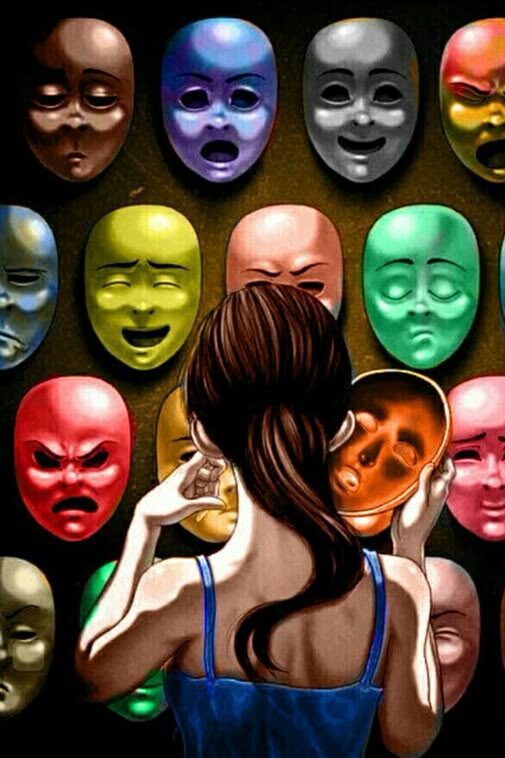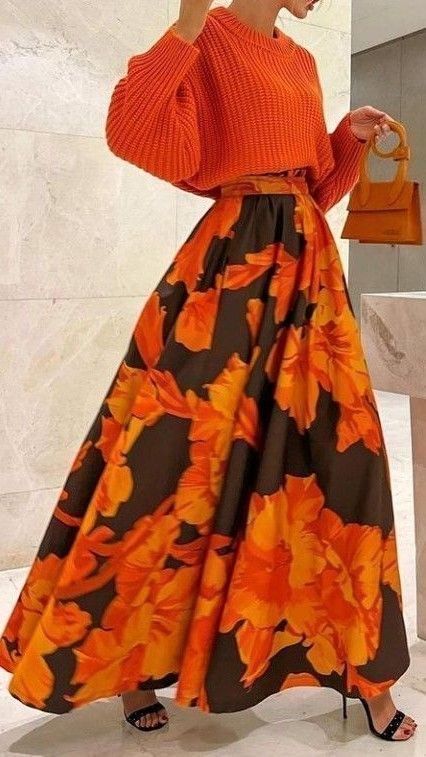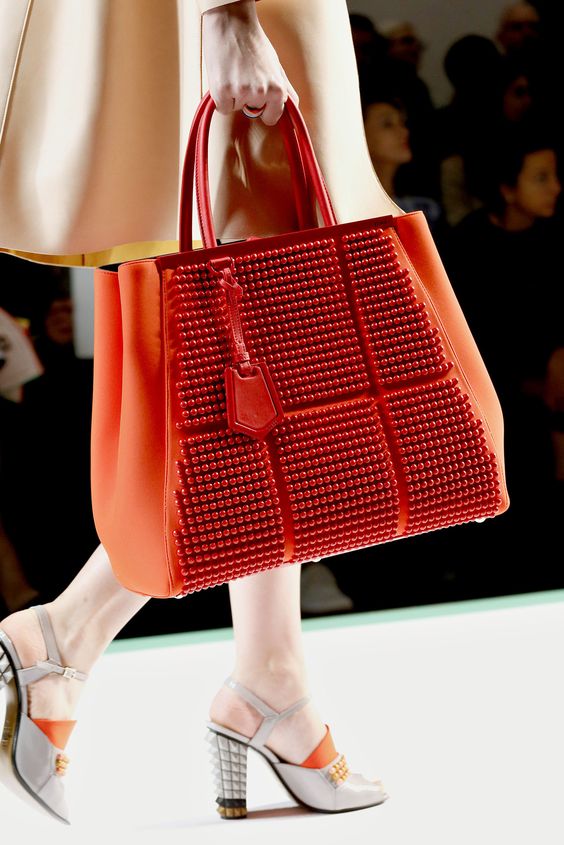Today getting dressed up isn’t only what we wear but a form of communication, self-expression and, increasingly, a way to influence our emotions.
In recent years wearing colorful, bright clothing to boost one’s mood has gained significant attention from every section of society. The idea of ‘Dopamine dressing’- choosing the colors that can enhance feel good factor isn’t just a fashionable theory but is also backed by science.
Today in this article we will discuss how colors influence your personality as well as your mood the psychological and emotional power of colors, and the research supporting these claims.
The Psychology of Color

Color psychology deals with the study of how colors influence human emotions and behavior. While much of the research applies to designs and marketing, psychologists emphasize the effect that colors evoke emotional responses. Cool colors like purple, green, and blue tend to be associated with feelings of calmness and relaxation, while warm colors like red, orange, and yellow are linked to warmth, positivity, and energy.
Psychologists stress the emotional reaction that various colors generate. For warmth, positivity, and enthusiasm, warm colors like red, orange, and yellow are preferred, and for feelings of peace and relaxation, cool colors like purple, green, and blue are selected. For instance, wearing hues of blue and green can soothe your body and mind, while yellow or orange might boost your energy and optimism. However, the way you relate to certain colors can also influence the effect.
The Science Behind Dopamine Dressing
There is a feel-good neurotransmitter in our brain called dopamine, which is associated with positive experiences throughout our lives. Whenever we have some good or positive experience, this dopamine is released immediately.
This is responsible for making the female feel a sense of pleasure and reward. Be it enjoying your favorite food or listening to music. Some studies show that whenever a person wears their favorite bright, bold outfit, the dopamine that dressing up taps into this reward system in our brains, hacking a person’s mood and lifting their spirits.
According to Professor Karen Pine at the University of Hertfordshire found in her research (2012) that the clothes can significantly affect the psychological state.
In her study, participants were asked to dress in a specific color and to describe how they felt. During this research, participants reported that wearing bright, vibrant clothes made them feel an increase in their sense of happiness and confidence. Paine believes that “wearing certain colors and styles of clothing makes a difference in the way others view us, but it also affects how we perceive ourselves. Bright colors were associated with feelings of happiness, while dark colors had the opposite effect, lending credence to the idea that clothes and mood are closely related.”
Colorful Clothes and Emotional Well-Being

Several studies give significant insight into colorful clothing enhancing emotional well-being. According to a study published in The Journal of Experimental Psychology, ‘colors like yellow, orange, and red are often associated with excitement and energy, making people feel more optimistic and motivated when they wear these colors.’ Studies also show that vibrant colors are more helpful in social interaction, attracting attention and getting positive reactions from people.
Fashion psychologist Shakaila Forbes-Bell has also studied the emotional impact of fashion and color. She notes that “wearing bold and bright colors can help people feel more confident and happier, primarily because these colors are often associated with joy, positivity, and strength.” “When people wear colorful clothing, they’re more likely to feel expressive, powerful, and in control,” says Forbes-Bell. She believes that bright clothing can act as a kind of protective shield, helping to cope with social situations by conserving energy and increasing self-confidence.
How Specific Colors Affect Your Mood
- Red: The Energizer
- Yellow: The Happy Hue
- Blue: The Calming Influence
- Green: The Balancer
- Purple: The Creative Booster
- Orange: The Optimistic Energizer
The Role of Individual Preferences

Studies have shown how effective the “dopamine dressing” technique can be in everyday life and how it affects mood, as well as how personal preferences play an important role.
Past experiences or cultural factors can influence your personality in certain ways. These experiences determine how you feel after wearing a particular color. For example, someone who has fond memories of a particular blue dress may feel extremely excited after wearing that blue dress, whereas another person may not have the same experience wearing the same blue dress. It is possible to do it.
Besides this, the fit, style, and context of the clothing also matter. Color may trigger an emotional response, but how you feel in a dress of that color is also important. For example, if the favorite color of clothing is stylish and suitable for the occasion, but if it is not comfortable, then that color itself cannot elevate your mood; on the contrary, it can reduce the effect instead of amplifying it.
Practical Tips for Incorporating Color into Your Wardrobe

1. Start with Accessories:
f you are not used to wearing dark colors, then choose the color that makes you happy. Match your clothes with your favorite color bag, shoes, or scarf.
2. Balance Bright and Neutral Tones
You can do dopamine dressing without looking too loud by matching bright colors with neutral colors like black, white, or gray. This helps you get comfortable with dopamine dressing without being overwhelmed by bright and happy colors.
3. Dress According to Your Mood:
Also, pay attention to what your mood is and how you feel on a particular day. Choose energizing colors like red or orange when you feel low on energy. If your mind is upset and you are stressed, then you can choose calming colors like white and green, which will be more appropriate.
4. Experiment with Patterns:
It’s also a great way to incorporate vibrant, colorful, bold patterns into your wardrobe.
Conclusion
The effect of colored clothing on human mood is not just a popular trend but it is based on science and psychology. Colors affect the energy of the wearer as well as the onlooker. Whether you want to increase your energy, calm your mind, or feel more creative, the colors you wear can have a profound impact on how you feel throughout the day.
To take control of your mood and express emotions more effectively dopamine dressing can be an easy and helpful way. By understanding the emotional power of color and experimenting with it with your wardrobe, you can balance your mental and emotional strength, transform your life, mind, and emotions for the better, and uplift yourself.
Images: Pinterest


